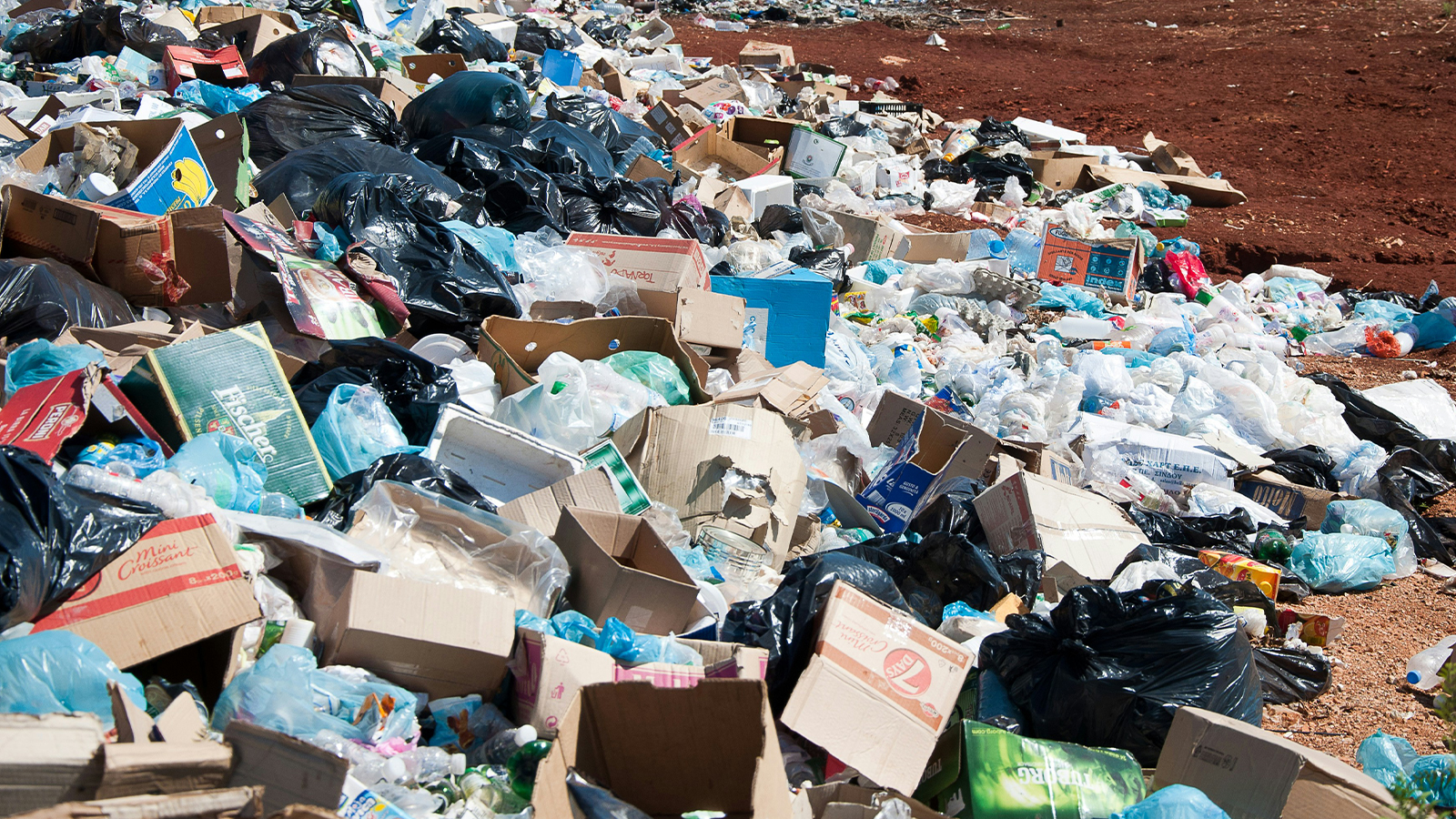Those big red lidded bins on the end of Elvina North and South wharves and on the public jetties on Scotland Island, wow they look like skip bins for everyone to rid themselves of unwanted household items but unfortunately they are not – they are solely for the weekly household rubbish from offshore homes.
“Oh darn”! I hear you say. But wait, there is a twice yearly Council cleanup for those bulky household materials. And more, there is a twice yearly green bundle vegetation cleanup and during fire season a fine fuel collection. Sorry no steak knives included.
So, here we go on a do and don’t list that also includes a tale of what happens after you put your weekly household rubbish in the bin.
Ewaste
This includes any item with electrical components or circuitry or/and battery or power supply. E-waste contains high-value recyclable materials and toxic materials such as brominated flame retardants, antimony oxide, mercury, lead and cadmium all harmful to the environment and humans.
These should not go into the red-lidded bin, ferry shed or the Councill cleanup. They are free to dispose of at Mitre 10 in Mona Vale or Kimbriki at Ingleside (or computers and peripherals can be taken to Officeworks).
Lightbulbs
Compact fluorescent lightbulbs, LED bulbs and high density discharge bulbs can leave hazardous components and do not belong in regular recycling or the red lidded bins. Incandescent and halogen can be disposed of in your household rubbish.
LED bulbs can go to Kimbriki in the e waste, fluro’s can be taken to the Community Recycling Centre in Artarmon.
Hazardous waste
These include pesticides, some pharmaceuticals, lead or paint, mercury, weed killers, household chemicals and cleaners, flammable liquids, fluorescent light bulbs, aerosol cans, solvents. These cannot go into the red lidded bins.
Pharmaceuticals can be returned to your local pharmacy. Paint and hazardous chemicals can be taken to a free Chemical Cleanup collection. Dates, times and locations of these events can be found here.
Construction and Demolition Debris
You may not believe this but not in the red lidded bins. Could you let your contractors know this. Take to Kimbriki and there some can be reused or recycled for all sorts of purposes.
Now on to the journey of your rubbish
Once the red bins are collected from the jetty they head to Cargo wharf where they are craned into the awaiting compactor rubbish truck. Our rubbish then leaves scenic Pittwater and heads to a sorting facility at Eastern Creek where conveyor belts and robots do their thing. These operations will be halted if there are contaminates in the rubbish, so us not doing the right thing hinders the operation. It is our responsibility to get it right.
Most rubbish is designated landfill to be buried. These landfills produce methane a dangerous greenhouse gas.
Each person in Sydney on average produces a kilogram of waste per day. That’s 6,000 tonnes daily that must be disposed of.
There are landfill sites in Lucas Heights and Eastern Creek, Kimbriki. All are above or around creek beds that either flow into groundwater or waterways around Sydney. Most landfill sites fill quickly so there are other options to manage Sydney’s waste.
Recycling Centres
Glass, paper, metal and plastic are sorted into categories then sent to be recycled.
Waste to energy plants
These facilities burn waste to generate electricity. Currently there is only one facility of this kind in Australia in Kwinana south of Perth due for completion this year.
Incinerators
Burning rubbish reduces the amount going to landfill. Generally incineration is thought to emit fewer greenhouse gases than landfill. The only difference here is incineration emits the harmful gases immediately and landfill sites emit greenhouse gases over many years. So debatable on which is the lesser of two evils.
Waste streams
Used by industry, these are used for waste generated byproducts ash, mud, brine and biomass. These cannot be sent to landfill so are sent to a designated water source, strictly separated from clean water sources, until we can work out what to do with them.
Along the journey of your rubbish it has been through numerous human hands and been placed in someone else’s neighbourhood.
We live in a beautiful place but we produce more waste than we should. So, why not reduce and recycle and dispose of our waste responsibly and with a thought to our future generations and those people that are dealing with it as it makes its journey to disposal.
Photo by Antoine GIRET on Unsplash
